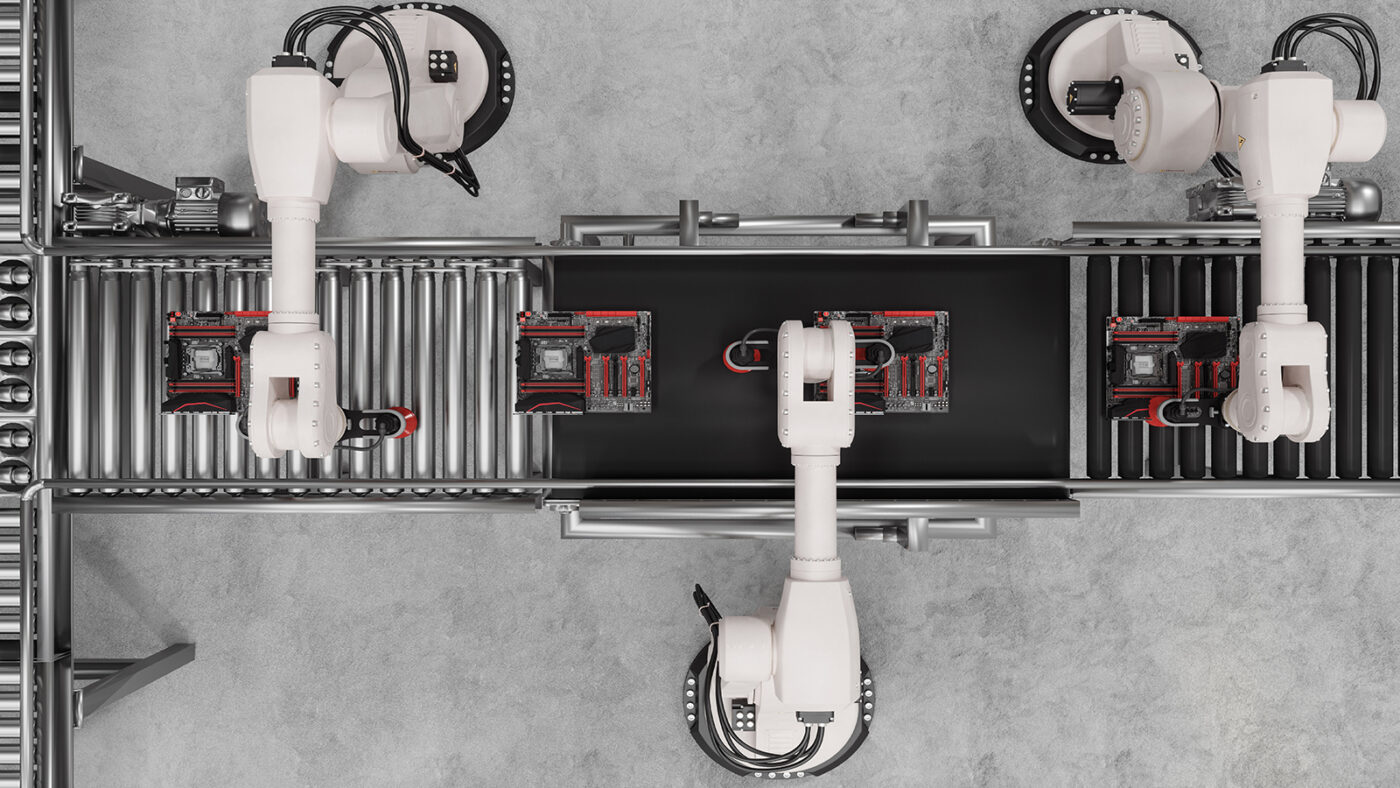How Schneider Electric boosted agility with Arm SystemReady

If there’s one lesson businesses learned from the Covid pandemic, it was that the global supply chain can be fragile. As an organization, Schneider Electric vowed never to be that vulnerable again.
Specifically, the COVID pandemic – along with severe weather – made it difficult for the entire market to reliably secure key components and microprocessors required to assemble their products. Without a steady pipeline of materials, Schneider Electric faced the challenge of schedule and fulfillment delays, despite the best efforts in manufacturing.
Scarce critical parts, like microprocessors, created pressure across the company to rapidly redesign existing products. Engineers needed to identify substitute components that were available and modify designs to accommodate them. However, switching to new microprocessors often means extensive changes, all the way up to the software layers.
Bringing customization to Schneider Electric
In addition, Schneider Electric’s existing software architecture was not very portable. Much of the software was designed hand-in-glove with the underlying hardware for maximum performance. This optimization decreased flexibility in that any alteration of hardware components forced an arduous and costly overhaul of software. Developing an entirely new product design could take 2-3 years, which was far too long given the supply instability Schneider Electric faced.
Lastly, Schneider Electric determined that many of its completed industrial IoT solutions for different use cases and markets performed similar functions but ran on different hardware platforms. This forced development teams to repurpose code from one platform to another, which was inefficient and time-consuming.
But Schneider has a central platform team, tasked with exploring ways the company’s engineering and software development teams can become more efficient and develop products more efficiently and quickly. They were looking for ways to improve design agility and ability to port software between different hardware platforms, according to Julien Duquesnay, Senior Principal System Engineer Architect on the team.
The team designs platforms that are reused by different lines of business (LOBs) to build products. We provide non-value-added elements, aiming for scale and commonality across LOBs for a consistent user experience. This enables each LOB to focus on its core competencies.
The platform team was talking with Arm on software-defined projects, as part of the company’s push toward what it calls the software-defined industrial system (SDIS). They agreed on a proof-of-concept project – involving Schneider Electric, Arm, and system integrator Witekio, to explore, in part, Arm SystemReady to see whether it was a suitable platform for their needs. Arm SystemReady provides an OS interoperability framework to ensure standard firmware interfaces can be deployed and maintained on Arm-based systems with ease. Platforms with SystemReady certificates have been verified as meeting set of hardware and firmware features outlined in a number of Arm specifications. In turn, these minimum requirements ensure that Arm-based platforms have OS and boot interoperability, which enables rapid, streamlined deployment models, and scale between market segments.
“Everything that can accelerate our design cycles is good,” Duquesnay said. “Reducing time to market, regardless of the environment, that’s a good thing.”
Proof of concept
As a first step in creating the test case, Schneider Electric established a collaborative partnership. The team included Arm, for guidance and expertise on development within the Arm ecosystem and Linux, and Witekio, for their knowledge of embedded software services and IoT operations. Together, the team selected Arm-based boards, a Schneider internal platform and an application relevant to the Line of Business. These comprised the SDIS.
Initial results were impressive: The porting of Schneider’s internal OS (Schneider Linux) to the first Arm-based board took several weeks, and, once this was complete, the team was able to complete the port to the second board, following the SystemReady requirements, in less than a working day. Integration typically takes much longer.
Among the key findings in the proof-of-concept exercise:
- Accelerated Development: The integration of SystemReady IR significantly reduced the time required to bring up new hardware. The ability to run Schneider’s internal OS on different hardware following the SystemReady IR requirements within a day showcased the potential for accelerated development cycles.
- Platform Flexibility: SystemReady IR’s approach to decoupling software from hardware provided Schneider Electric with a valuable perspective on platform flexibility. The platforming team could now explore various SoCs and run tests swiftly, aiding in the selection of hardware that aligns with their requirements.
- Consistent User Experience: SystemReady IR’s emphasis on standardized interfaces contributed to the goal of ensuring a consistent user experience across Schneider’s diverse product range. This can be crucial for their internal customers integrating products from different lines of business into a unified solution.
- Security Considerations: While not the primary focus of this proof of concept, Schneider Electric appreciated the value of SystemReady IR’s integration of security features, including secure boot. This aligned with the company’s broader objectives of ensuring a guaranteed level of end-to-end security, according to Bedanta Choudhury, Schneider Electric’s Director, Electronics System Architecture, Energy Management CTO office. “PSA Certified, alongside our use of Armv9, will be mandated to ensure security across their next generation compute platform.”
There’s more work ahead to evangelize the SystemReady value more broadly within Schneider Electric LoBs, but the proof-of-concept’s message, at least to the platform team, was clear:
SystemReady provides a valuable framework that ensures that the underlying hardware and firmware of a system implement a standard set of features that an operating system can rely on.
This means that developers only need to create the embedded application once and can then easily and quickly port it across different SystemReady hardware platforms without modifications. The software layers above the firmware “just work” even when the hardware changes.
For the SDIS project, embracing SystemReady IR compatibility would mean that when supply chain issues force Schneider Electric to switch hardware mid-way through development, only minor changes would be needed to port the software stack.
“When we are thinking of a new platform, and we want to test and compare different SoCs, knowing that we can take a SystemReady-certified board with the SoC we’re looking at and quickly run our software on it so we can start to run tests and see how it behaves for us is key,” he said.
He added, “If an SoC can be part of a SystemReady-certified system, we think that it will remove a lot of risk.”
Agile moves
The collaboration with Arm and the exploration of SystemReady have positioned Schneider Electric to embrace a more agile and flexible approach to product development. While the POC focused on specific aspects, the broader implications include improved responsiveness to market changes, streamlined development processes, and a foundation for consistent user experiences across their product portfolio.
For a deeper dive into the project, please see our joint white paper or visit GitLab to setup and build your own software for any Arm SystemReady platform.
Any re-use permitted for informational and non-commercial or personal use only.












